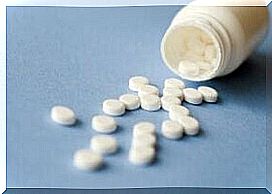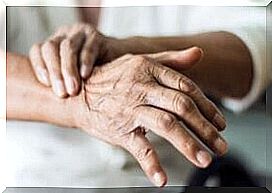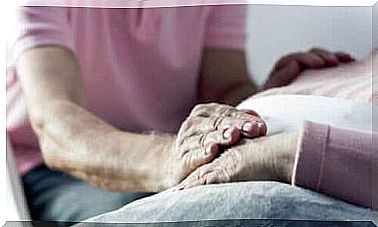Levodopa: The Medicine For Parkinson’s Disease

More than 50 years after its introduction to the world of medicine, levodopa remains the drug of choice for treating Parkinson’s disease. It is the most powerful drug available in the case of this disease, which even reduces mortality in the affected population.
Levodopa, also known as L-DOPA, is the metabolic precursor of dopamine used in the treatment of Parkinson’s disease associated with dopaminergic deficiency. It is generally used in combination with another compound, carbidopa.
It has thus been demonstrated that the combination of levodopa and carbidopa improves the therapeutic response compared to levodopa alone, by obtaining better plasma concentrations which are also more durable.
Sinemet, for example, is a brand name that combines and markets these two compounds. There are different presentations depending on the dosage combinations and the form of release in the body. There are also other compounds, such as benserazide, with which levodopa can be combined to improve its effectiveness. This combination is marketed under the Madopar brand, for example.
What is levodopa used for?
Levodopa is used to reduce symptoms of Parkinson’s disease. These symptoms come from a decrease in dopamine in the striatum of the brain. Thus, by increasing the levels of this neurotransmitter, one achieves a reduction in symptoms.
The symptoms most alleviated by this medication are usually bradykinesia and stiffness . It also improves others, such as:
- Tremors
- Dysphagia
- Sialorrhea
- Postural instability
Dopamine controls the response messages that control muscle movement in certain areas of the brain. Therefore, when the amount of dopamine produced is low, there is difficulty in moving.
Its mechanism of action
As mentioned above, levodopa is the metabolic precursor of dopamine. Levodopa is administered directly instead of dopamine because dopamine no longer crosses the blood-brain barrier and cannot reach its field of action.
When administered, levodopa crosses the blood-brain barrier by facilitated transport and, once in the brain, is converted into dopamine. This transformation is decarboxylation. It takes place through the action of an enzyme called dopa decarboxylase.
Dopamine works by directly stimulating dopamine type 1 and type 2 receptors. It is released into the synaptic space, and then it is re-captured by dopaminergic neurons via the dopamine transporter (DAT). Finally, they are stored again for release.
Levodopa is usually always given with a peripherally acting inhibitor of the dopa decarboxylase enzyme. These compounds in fact prevent the transformation of levodopa into dopamine in extracerebral tissues. This helps ensure that a greater proportion of the substance reaches the brain.
In addition, these inhibitors reduce the dose of levodopa that the body needs and, as a result, gastrointestinal and cardiovascular side effects. If the extracerebral tissues don’t produce as much dopamine, there won’t be as many side effects in these areas either.
As seen earlier, carbidopa and benserazide are examples of inhibitors of the dopa decarboxylase enzyme. Another medicine used in combination with levodopa is entacapone, an inhibitor of catechol-O-methyl-transferase, the enzyme that turns levodopa into a harmful metabolite. Their combination therefore improves and prolongs the clinical response to levodopa.

Side effects of levodopa
The most common side effects of levodopa treatment are from the central activity of dopamine in the brain. The doctor will adjust the required dose for each patient. The aim is to achieve maximum therapeutic efficacy while minimizing side effects as much as possible.
The most common side effects are dyskinesia and nausea. Dyskinesias are involuntary movements, such as choreiform movements, and dystonic movements. In the event of muscle contraction and blepharospasm, dose adjustment should be considered. Other possible side effects are:
- Malignant melanoma
- Blood and lymphatic system disorders
- Weight gain or loss
- Psychiatric disorders
- Headaches
- Drowsiness
- Blurred vision
- Palpitations
- Altered respiratory rate
- Nausea and vomiting
- Weakness and fatigue
- Digestive disorders
- The neuroleptic malignant syndrome
In conclusion, the treatment of each patient must be individualized and adapted to the stage of the disease and to the medical and social conditions of the patient. One can also consider a non-pharmacological treatment such as neurostimulation, psychotherapy, physiotherapy, etc.










